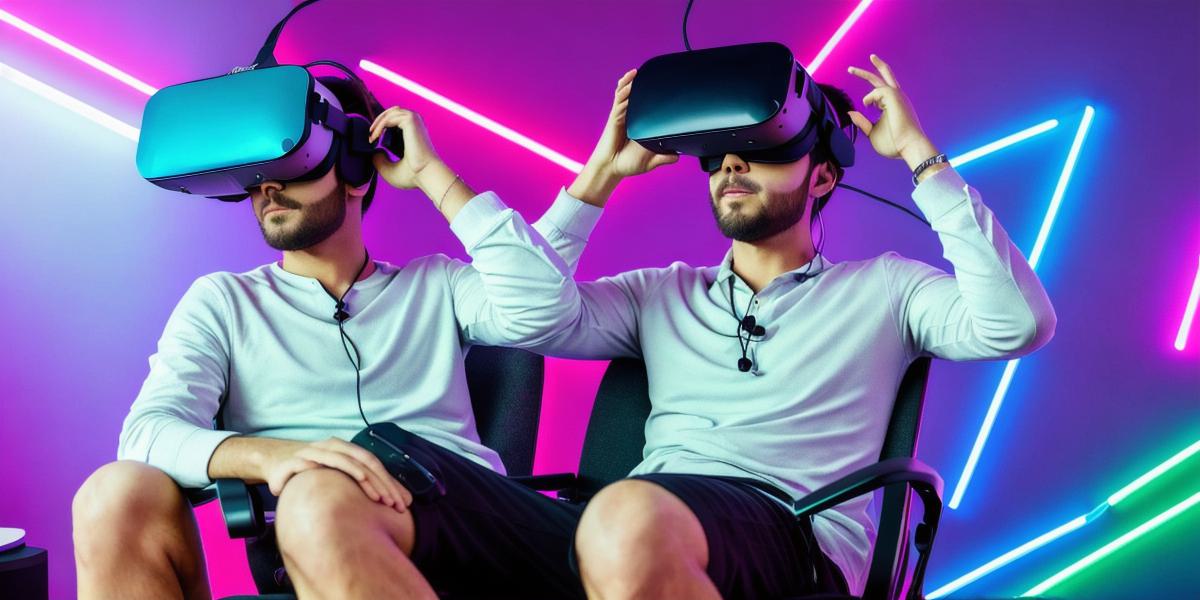Virtual reality (VR) technology is rapidly advancing, and it’s no surprise that many simulated reality developers are excited about its potential to revolutionize the way we experience immersive content. In this article, we’ll explore some of the key features of VR technology and how they can be used to create truly engaging and memorable experiences for users.
Virtual Reality 101
At its core, virtual reality is a computer-generated simulation that creates an artificial environment for users to interact with. This simulated reality can take many forms, from simple games to more complex applications like training simulations or even virtual therapy sessions.
One of the key advantages of VR technology is its ability to fully immerse users in a virtual world. By using sensors and other tracking technologies, VR headsets can accurately track a user’s movements and adjust the environment in real-time to create a seamless and believable experience. This sense of immersion is what sets VR apart from other forms of media and makes it so compelling for many users.
Case Study: Virtual Therapy
One area where virtual reality technology is showing great promise is in the field of therapy. By creating a safe and controlled environment, VR can be used to simulate real-life situations and help patients overcome their fears or anxiety. For example, a patient suffering from arachnophobia might be exposed to a virtual spider in a controlled setting, gradually building up their tolerance and helping them conquer their fear.
Virtual reality technology is also being used to treat conditions like post-traumatic stress disorder (PTSD) and depression. By allowing patients to confront their fears or anxieties in a safe and controlled environment, VR can help them process their emotions and develop coping strategies that they can apply in real life.
Virtual Reality and Learning
Another area where virtual reality technology is showing great promise is in education. By providing students with an immersive learning experience, VR can help them better understand complex concepts and retain information more effectively. For example, a history student might be taken on a virtual tour of ancient Rome, allowing them to explore the city’s architecture and culture in a way that traditional lectures simply cannot replicate.
Virtual reality technology is also being used to train students in various fields, from medicine to aviation. By creating realistic simulations of real-world scenarios, VR can help students develop the skills they need to succeed in their chosen professions.
FAQs
Q: How does virtual reality technology work?
A: Virtual reality technology works by using sensors and other tracking technologies to accurately track a user’s movements and adjust the environment in real-time.
Q: What are some of the potential applications of virtual reality technology?
A: Virtual reality technology has the potential to revolutionize many fields, from gaming and entertainment to therapy and education.
Q: Is virtual reality technology safe for users?
A: Yes, virtual reality technology is generally safe for users, but it’s important to use it responsibly and follow safety guidelines.
Summary
Virtual reality technology is an exciting and rapidly evolving field that has the potential to revolutionize many aspects of our lives. Whether you’re a simulated reality developer or simply someone looking for a new and immersive way to experience content, virtual reality is definitely worth exploring. With its ability to fully immerse users in a virtual world, VR technology is truly the ultimate immersive experience.
